So you want to help the planet before it’s too late. But, where do you start? How do you do it? The easiest way is to begin by creating a more sustainable home.
It’s simple. From reducing plastic to improving energy efficiency. Read my practical tips and tricks below to make your home eco-friendly and more sustainable today.
Why sustainability matters
Climate change is a reality. And it’s our responsibility to do something before it’s too late. No, there’s no need to move to a log cabin off-grid deep in the forest and survive on foraged berries. Every small action in your day-to-day counts. Here’s where things get overwhelming, though.
Where do I start?
What can I do?
Will my actions make a difference?
That’s precisely how I felt at first — and it’s hard not to.
Recently, I read the book “50 Ways to help the planet” by Sian Berry. It inspired me to write this blog post straight away. And what better way to start a change than from your own home. So, I challenged myself to find 50 simple changes you can make to create a more sustainable home. Believe me, it was much easier to compile than I thought.
We need an urgent change

Sometimes I wonder how people can be against the positive movement to prevent further climate change damage. Is it an education issue? Sadly, it’s often political, and the inability to see beyond one’s lifetime. I’m not here to convert them. I’m here to inspire those who want to make a difference but don’t know where to start.
“We don’t need a handful of people doing sustainability perfectly. We need millions of people doing it imperfectly.” — Anne-Marie Bonneau
Beyond recycling
Recycling of household waste has been around for a few decades. It’s an essential step towards a sustainable home, but it’s not enough. You may have heard of the concept of zero waste. It means avoiding unnecessary single-use or non-recyclable waste from packaging. In fact, many of the tips you will read below focus on eliminating the need for disposable plastic.
Is plastic the enemy, then?
Yes and no. Plastic is vital in many industries and it has allowed us to live
Did I tell you a sustainable home can save you money too? I will cover the need to reduce our energy usage with clever tricks. The planet will be grateful — and your bank account! No need to live in darkness with three pairs of socks on. It’s all about making your home energy efficient. Plus, you will discover more easy tips to make your home eco-friendly.
50 Simple changes to create a more sustainable home

So here’s a comprehensive list of all the actions you can take to make your home more eco-friendly. They’re grouped in six categories covering various aspects of your home life. Some you can apply today, and others need time or financial investment.
Remember it’s not a tick box exercise, but a guide to show you even the smallest of changes can make a positive difference. Let’s go!
Be mindful when decorating and styling
1. Use paint free of VOC. Volatile Organic Compounds are the chemicals responsible for that “new paint” smell. They can be harmful to humans and the environment. Look for VOC-free or at the very least low-VOC paint for your next project.
2. Choose greener textiles. Next time you’re looking for bedding, curtains or cushions choose sustainable fabrics such as cotton and linen. Also, recycled plastic fabrics are now common in rugs and as duvet/cushion fillers.

3. Introduce natural materials. Wood is the obvious answer. Did you know it can improve your well-being? But be original too. Cork flooring and paper-based furniture are here to stay.
4. Choose your candles wisely. We all love a good candle. Opt for ethically-sourced soy wax instead of toxic paraffin. You can learn to make your own avoiding unnecessary container waste (tea lights are the worst). Note: don’t be misled, “organic” candles don’t exist.
5. Design for maximum natural light. This applies to those planning renovations, extensions or self-builds. Make it your mission to reduce the need for artificial lighting throughout the day. It can be as simple as positioning a desk by the window.
6. Go plastic-free with seasonal decorations. From glitter to baubles. Plastic seems to be the default material. But there are more sustainable (and stylish) ways to do it. Check my bling-free simple Christmas decorations blog post for inspiration.
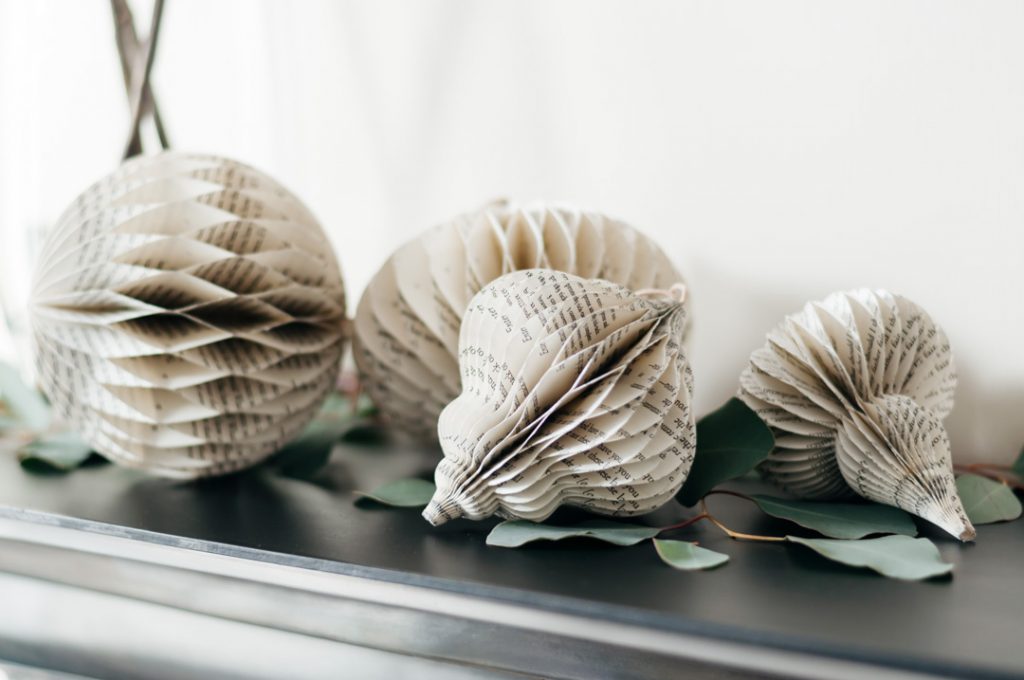
7. Switch to LED bulbs. Long gone are the days of ugly-looking LED bulbs. Now, the options are endless with unusual designs and retro-inspired versions too. Tip: make sure the colour temperature of the bulbs matches around the room.
8. Embrace the power of slow decorating. Slow decorating is about making considered choices you love, instead of impulse buying. Plus, did you know that focusing on one thing at a time makes you more productive and efficient?
9. Reclaim and upcycle. YouTube tutorials and blogging gurus have made DIY and upcycling more accessible. It’s not my forte, but they have helped me see there’s potential in pretty much everything.
10. Fix it, don’t bin it. Most things can be fixed or mended. The only problem is us, we’re often too lazy to get it done. Google is your best friend here as there’s always someone in the same situation.
11. Select sustainably sourced furniture and accessories. When you’re buying a new product check the sustainability credentials. For wood, it’s the FSC “tick tree” logo, which means it’s made from recycled or FSC-certified wood.
12. Buy from local designers, makers and shops. This is the easiest way to reduce the carbon footprint of the stuff you buy. You’re also supporting independent creatives and your local economy. A win-win-win situation.
13. Give items a second life. Sometimes you have to let go of stuff. Whether it is an unwanted home decor gift or an accessory you don’t love anymore. Freecycle is a convenient option, followed by the faithful charity shop.
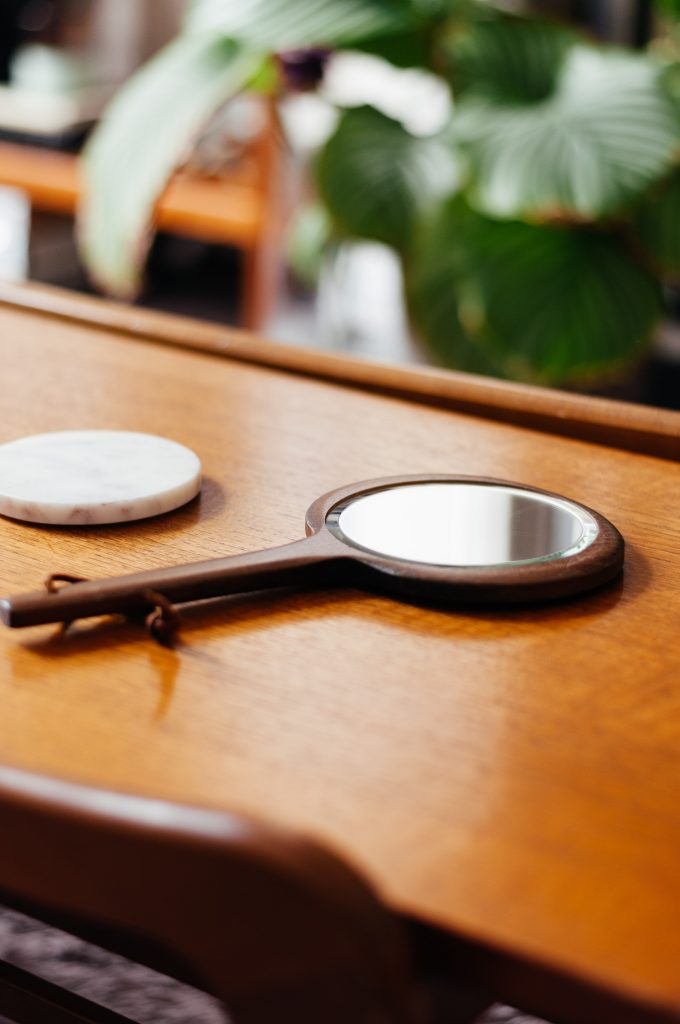
Make your home more energy efficient
14. Insulate your home. This can be as simple as laying insulating material on your (non-converted) loft space. If you’re feeling ambitious, you can insulate your external walls. The initial cost will be worth it in the long run.
Juan’s top tip
15. Invest in a dehumidifier. Not the sexiest point but it’s my favourite. A high-end dehumidifier will improve your indoor air quality, prevent damp issues and help heat your home more efficiently. Because dry air is easier to heat.
16. Choose thermal-backed curtains and blinds. These curtains and blinds don’t look any different from the standard ones. But they’ll help you reduce your heating bill as a significant proportion of the heat escapes via the windows, even double glazed.
17. Use the Sun’s heat. In the colder months leave your curtains open during the day. Direct sunlight will slowly heat your home. Remember to draw the curtains before it gets dark to prevent loss of heat (see above).
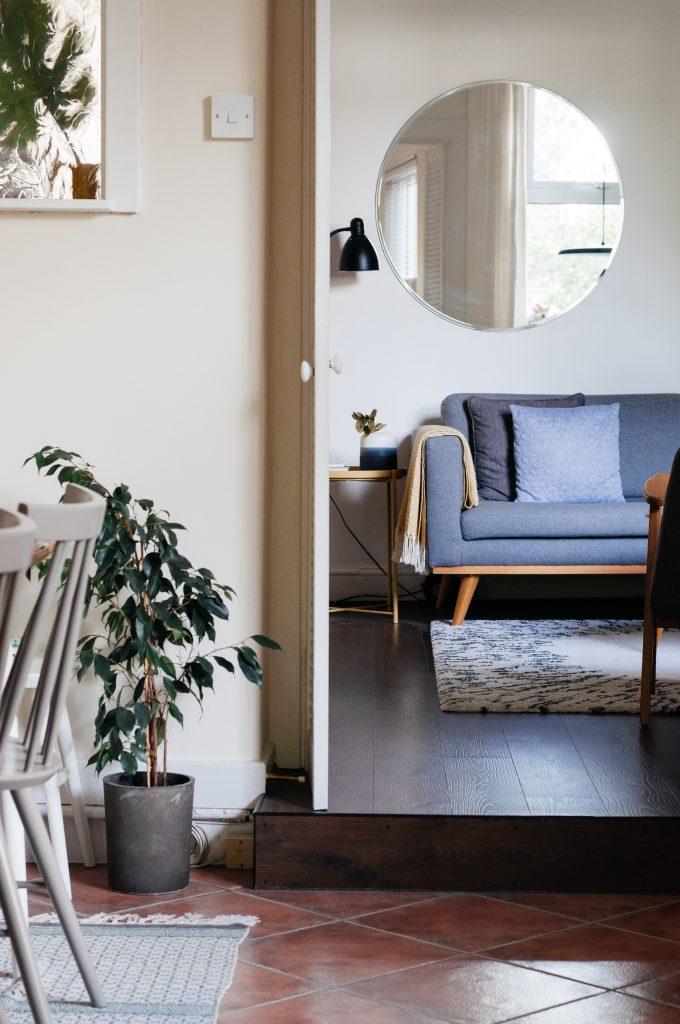
18. Service your boiler regularly. Don’t wait for your boiler to pop before you go on holiday (yes, that was me). Yearly checks by a qualified gas engineer are the only way to keep your boiler in top condition. So it can maintain high-efficiency levels.
19. Choose a greener energy provider. As a consumer, you have the choice. Nowadays, you can have it all: cheap tariffs and energy from renewable sources. Next time you’re comparing energy providers
20. Heat your home to the perfect temperature. The World Health Organisation knows a thing or two about this. It’s 18°C for appropriately dressed adults and 16°C for bedrooms. Except for 20°C for babies, older or ill people.
21. Get
22. Save water. I bet you knew this one already. But there are less obvious ways to save water. For example, install low flow taps and showerheads. They mix air bubbles with water to provide decent pressure using less water.
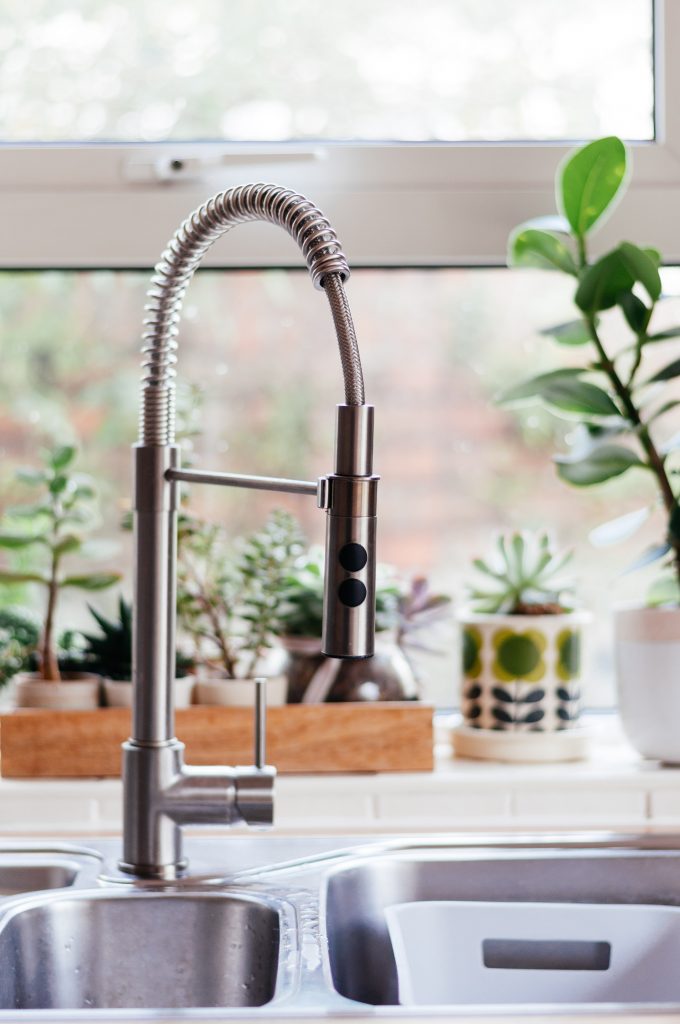
23. Generate your own energy. Many homeowners have solar panels on the roof to generate electricity. Incentives and grants vary across the country. A cheaper approach is to install small solar panels to heat a water tank (and save on gas bills!)
24. Low energy appliances. All electrical home appliances come with an energy rating. The good old “A” doesn’t cut it anymore. It’s recommended to choose A+ appliances at the very least. A+++ will generate the highest savings.
25. Turn it off. Even in standby mode electrical items still consume energy. Turn them off at the plug point to avoid wasting energy. It doesn’t require much effort, but if you’re feeling lazy, you can use smart plugs to do it from the comfort of your sofa.
Cleaning and laundry for a sustainable home
26. Greener washing. One full load of washing is more efficient than two “half loads”. Plus, cold and low-temperature water will still clean all your stains. The secret is to pre-treat the stubborn ones beforehand.
27. Make the most of your dishwasher. A similar principle as above applies to the dishwasher. In fact, a full dishwasher will need less water to run than doing it manually. And, please, there’s no need to pre-rinse dirty dishes in the sink.
28. Dry clothes outdoors. This one is for the brave ones out there. In Cardiff, it’s always a gamble. If you’re blessed with occasional dry weather hang your clothes on the line to dry. It will also help keep that humidity out of your house.
29. Green non-toxic cleaning products. Smaller brands are leading the game with non-toxic cleaning products. Are they worth it? Well, yes, if you’re a fan of healthier indoor air and cleaner seas. It’s an easy swap.

30. Choose refillable cleaning products. You can now buy cleaning products by the litre in zero waste shops. If that’s not convenient some companies offer refill pouches. There’s still waste, but you help reduce plastic.
31. Ditch disposable cleaning wet wipes. Cleaning wet wipes are evil. Not only are they non-recyclable but they clog the sewers. Get yourself some
Aim for an eco-friendly kitchen
32. Avoid disposable plastic food packaging. Most fresh food packaging is unnecessary. Do you really need a little plastic tray wrapped in a plastic net to carry 4 nectarines? Luckily, your local fruit shop is likely to rely less on plastic.
33. Re-use glass containers. I mentioned about zero waste shops earlier. But guess what? You can also buy spices, rice, pasta, coffee, etc. by the kilogram. Very often you’ll pay less than in the supermarket.
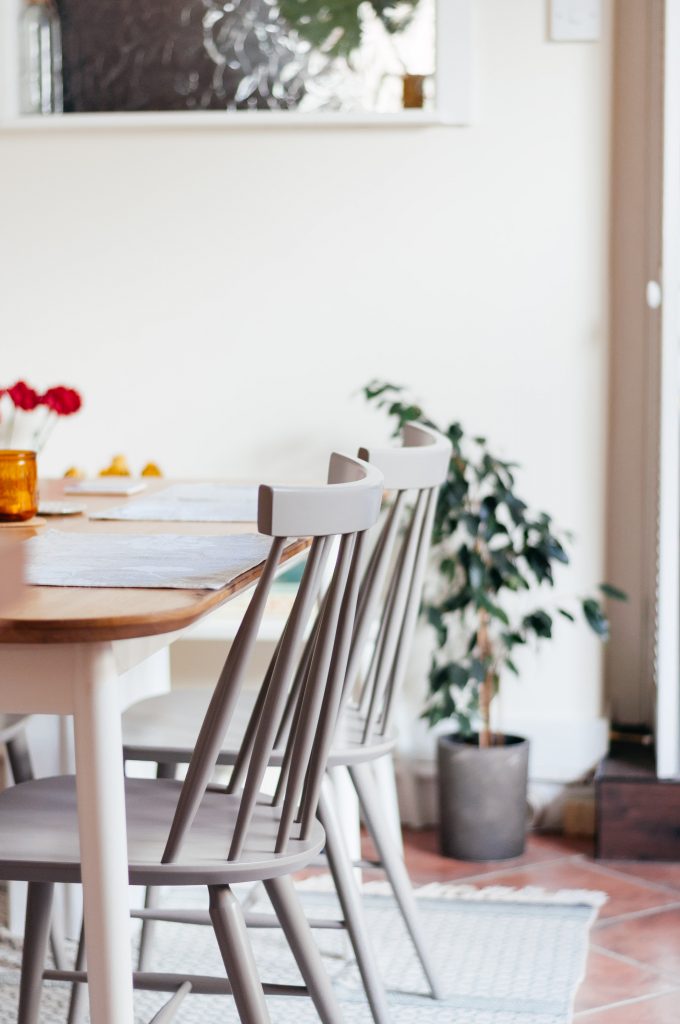
34. Reduce food waste. We are constantly enticed to buy more than what we actually need. Two-for-one offers and discounts can make it look like you’re saving, even though it’s not always the case. Think before you buy.
35. Drink tap water. Here’s a little surprise. Bottled water is more likely to be contaminated than tap water. That’s because the quality controls are more strict with tap water. If your area has hard water, you can always use a filter.
36. Buy local food. Local food is easier to source than you may think. From old school market halls in town to regular farmer’s market days. The added benefit is getting to know the person who made that jam or baked that loaf.
37. Use a pressure cooker. This one is for my Mum, who will not rest until I get a pressure cooker. It’s a highly efficient and low-energy way to cook delicious dishes that may otherwise take longer. Happy belly, happy Mama.
38. Service your fridge. Regular defrosting will prevent the build-up of ice. No more stuck freezer drawers and doors that don’t close fully. And clean the back of the fridge too, following manufacturer’s instructions, to optimise its performance.
39. Use fewer paper towels and napkins. It may seem like an essential Kitchen companion. But there’s nothing a paper towel/napkin can do that a cloth version can’t. Plus, it’s a chance to be creative and playful with fabric.

Harness the power of your garden
40. Grow your own food. Short of space? Plant a windowsill herb garden. Plenty of space? Plant the food that you like (and want to eat). From tomatoes to cucumbers. You’ll be amazed at how much you can grow in the UK.
41. Get started with compost. The first step, get a compost bin. The second step, fill it with food scraps and organic garden waste. That’s it. Most of the soil I use for potting comes from my compost bin. It’s free and full of plant nutrients.
42. Use fewer chemicals. I noticed a few years ago there weren’t many bees or butterflies in my garden. It turns out the weedkiller I used put them off. Now, I use a bee-friendly formula and my little friends are happier.
43. Make your garden wildlife-friendly. The benefits are clear. Birds will help control the slug population. Insects such as ladybirds will keep pests at bay. And hedgehogs will simply be adorable.
44. Harvest rainwater. I was lucky I inherited a rainwater harvesting tank from the previous owner. I use it to water my outdoor potted plants. Did you know air plants prefer to be sprayed with rainwater too?
45. Plant native species. If you have been blessed with a generous outdoor space consider planting native trees and shrubs. They will provide a familiar habitat and shelter to your local wildlife. You may even attract hedgehogs!
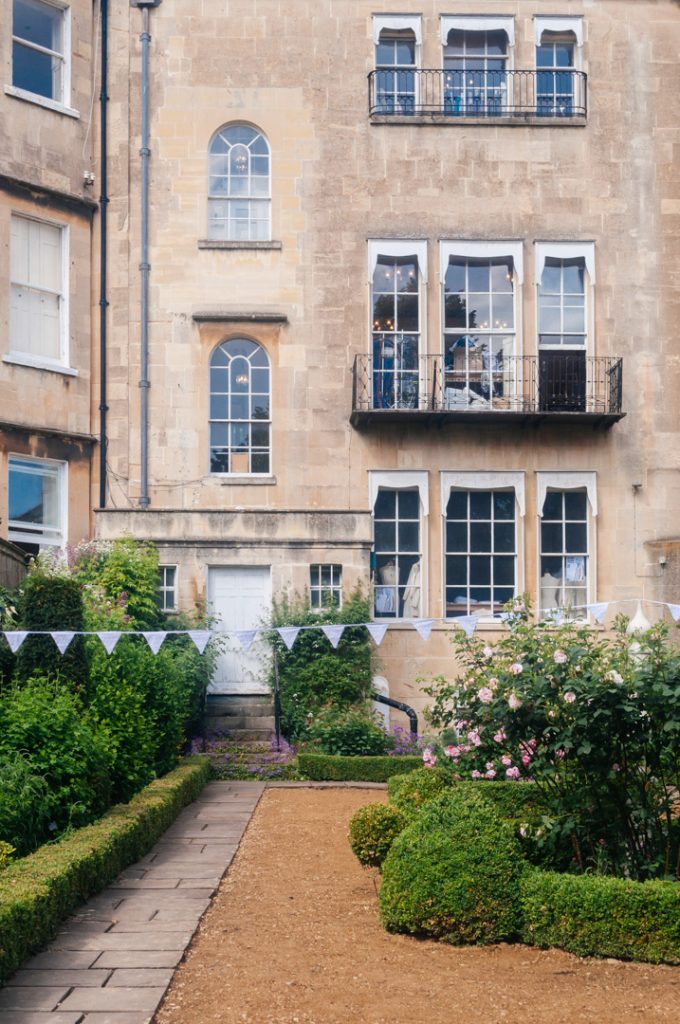
Implement easy lifestyle changes
46. Go paperless. Chances are you’ve already gone paperless with your household bills. But why not go further? Most transport operators have app-based paperless schemes. Similarly, many retailers (small and big) now offer digital receipts.
47. Choose long-lasting tech. What phone did you have 5 years ago? And 10 years ago? Technology is changing fast and there’s always an excuse to upgrade. Focus on gadgets that will be updated for years to come.
48. Take
49. Eat less meat. Traditional diets rely too much on CO2-generating meat and dairy. Try Meatless Mondays. If you’re serious about it, you only need one portion of dairy a week and one portion of meat a month. The rest is plant-based goodness.
50. Move! Walk to town, cycle to the park, share a lift to work or use public transport. Our streets are more polluted than ever before. This is my biggest commitment. As I don’t own a car, I’m saving 4.6 tons of CO2 a year.
Would you add any other sustainable home tips to the list?
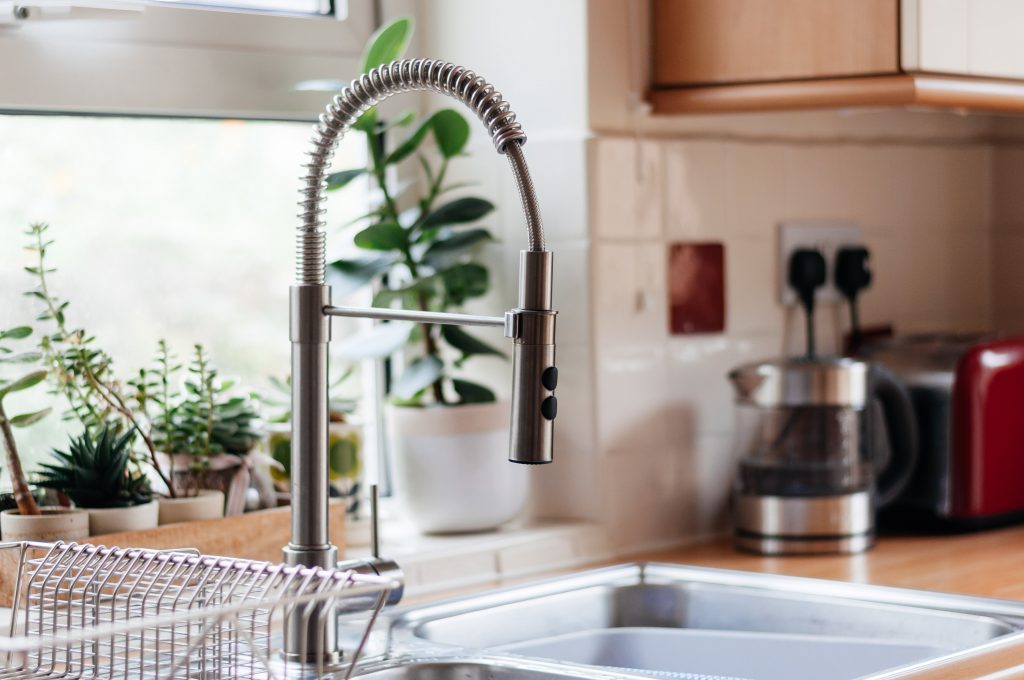
Hope you found this guide useful. It’s good to know what changes you can make to create a more sustainable home. Now, it’s up to you to pick the changes you want to commit to. If you do only one, trust me, it’ll be a success. Let’s revisit the questions I pointed out earlier:
Where do I start? Today.
What can I do? Any of the above simple changes.
Will my actions make a difference? Yes! Spread the word and educate your loved ones too.
Is there anything else you’re doing that should be on this list? Perhaps a practical sustainable home tip? Share it in the comments below. I look forward to reading your tips.


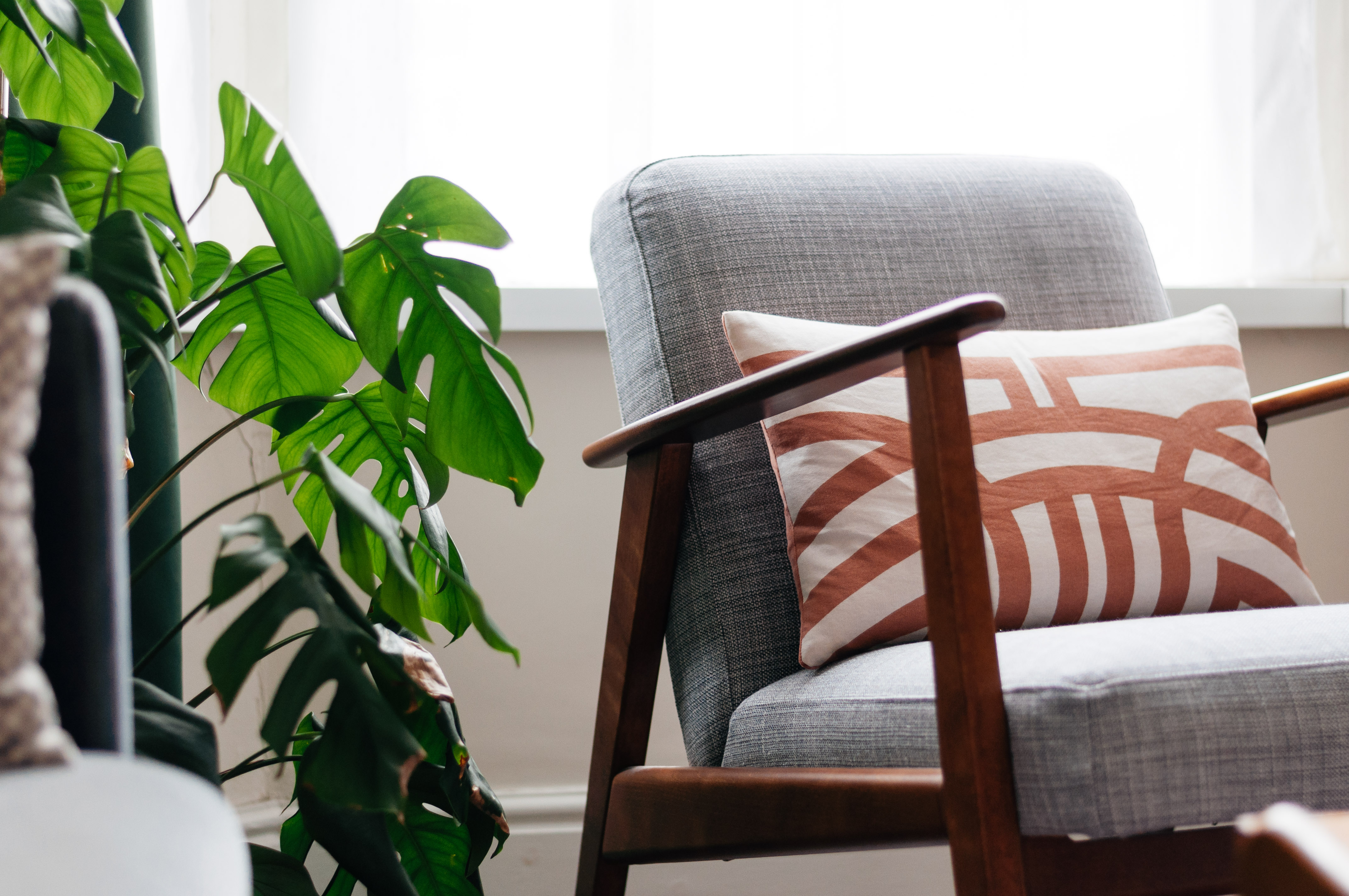
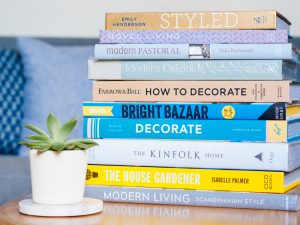
Tamsin
•6 years agoGood effort Juan ???
Would just add cotton is terrible in terms of environmental pollution so I’d say go for organic cotton….
Also have you discovered Ecosia yet? It’s a search engine like google but they plant trees with profits from advertising…. it’s a no brainer to change your default browser… ?
Juan Sandiego
•6 years agoThank you for your comment, Tamsin! You’re right. Organic and sustainably-produced cotton is the only way forward. I’m going to check out that search engine. Sounds like a great idea!
Jumi Awomosu
•6 years agoYou have written this in such an accessible and easy understand way! Sustainability is a topic that for me can often become overwhelming but this is actually a fun read! I will certainly implement some of these tips!
Juan Sandiego
•6 years agoThank you so much for your comment, Jumi! Indeed, it’s all about the small lifestyle changes. Together we can do it ?
Fiona Mostyn
•6 years agoA really comprehensive list here, well done. I agree that it is easy to be put off making the effort when the scale of the problem is so vast but if more people made some of these small changes it would make a tangible difference.
Juan Sandiego
•6 years agoThank you for your comment, Fiona! That’s it. It’s a collective effort based on small lifestyle changes. We have to stop and think how can we help, no matter how small our actions are.
Vicki / Wheel Chic Home
•6 years agoHi Juan. Great post. For those with disabilities removing plastics from food is less easy. For example pre chopped veg in a bag is better for my husband as he is losing dexterity in his left hand and is a danger to himself with a big knife on a bad day! So whilst we recycle and do the best we can, following some of the tips you’ve mentioned it’s sometimes not possible to avoid the plastic in supermarkets. But we do what we can. If we all did that things would be a little better 🙂
Juan Sandiego
•6 years agoThank you for your comment, Vicki! You’re right. Like in healthcare, disposable plastic is still vital in some areas. It’s all about making other kind changes indeed.
nadia
•5 years agoThanks for sharing and I will try to implement some of these tips.
Juan Sandiego
•5 years agoThank you so much for your comment, Nadia! Glad you found the blog post useful.
LifeStyle Connected
•5 years agoWow! Usually when there’s a list of 50 things, just a handful of them are actually relevant, but your article makes so much sense, especially broken down in categories like this. Great stuff!
Juan Sandiego
•5 years agoThank you so much for your comment! Glad you enjoyed the blog post.